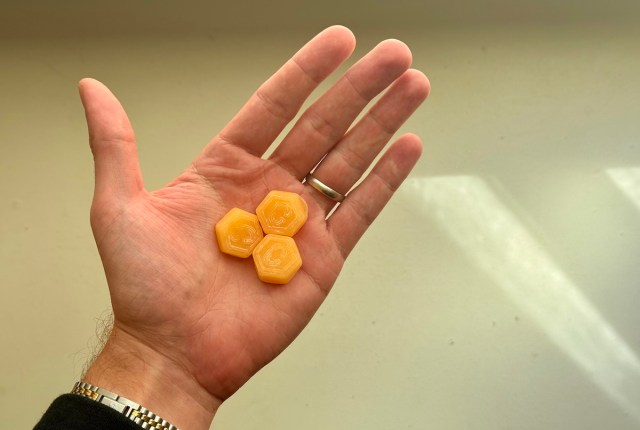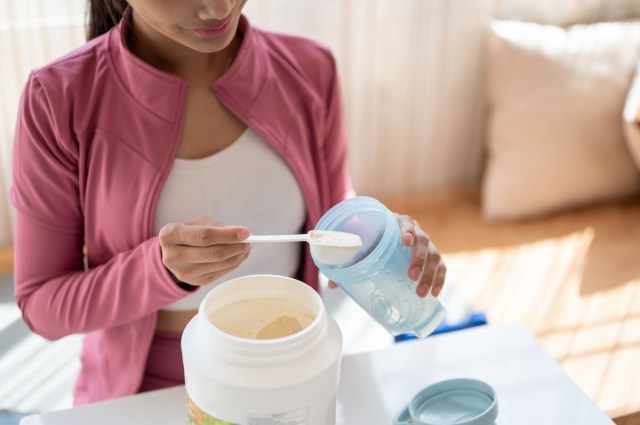Few things truly are one-size-fits-all — whether it’s hats, socks, gloves, or swimwear. It’s even more of a stretch to suggest any dietary supplement could be, but new research points to creatine as a contender. The powder (or, in my case, gummy) is popular with athletes, bodybuilders, and fraternity brothers, who all say it helps provide the energy needed for high-intensity, short-burst workouts (i.e., lifting weights or playing sports), and build muscle over long periods of time, often through “cycles,” where you rotate the months spent taking the supplement and the months spent off it.
But those benefits have almost always been known. Creatine is one of the simplest, most well-studied, and indisputably legal ways to enhance your physical performance: It’s an amino acid that occurs naturally in the human body, but is also abundant in sources of protein like meat and fish. For an adult, your recommended daily intake is one gram, but athletes have historically taken anywhere between five and 10 grams per day.
Regular, everyday people like you and me — especially vegetarians and seniors over 65 — could benefit from a similar dose, according to the study published by researchers at Texas A&M University. And it’s not just because we need to be in top condition for tip-off or kickoff. Their research suggests creatine does more than give athletes an edge: It powers cells, sharpens the mind, and helps you stay healthy (and ideally live) longer. (It could also protect your brain against traumatic injuries, like concussions.)

Create Creatine Monohydrate Gummies
Creatine powder, which is what most people buy, always tasted horrible to me. No matter what I added it to, my tongue still picked up its potent, briny blandness. Or, if it weren’t mixed in well, I’d get a mouthful of sandy, chalky paste. So, I gave these gummies a try. And I’m happy I did. Orange is my favorite flavor so far, and it tastes like an orange Starburst, faintly like orange soda. (They’re made with real orange flavor, though.) Texturally, it’s a dense but surprisingly light gummy. It doesn’t get stuck in your teeth, though they can be of varying sizes, which made me wonder about dosing. (A little extra, or a little less, won’t make that much of a difference.) All of this said, they’re not much of a sweet treat, though they pack nominal calories each (11 and 33 per serving, because you’re supposed to eat three).
I’ll be the first to admit that this new research made me add creatine to my regimen. It’s not the first time I’ve tried it, though. In high school and then again in college, friends and teammates of mine would eventually come to the consensus that it was contributing to our gains in the weight room or our wins, in my adolescence, on the ice. So, we kept using it, long before it became trendy or was marketed to anyone besides professional lifters and world-class athletes (us among them, of course).

I’m back on it now, though, because of new indicators that it could help me live longer — or at least live better for longer, by allowing me to preserve muscle mass, maintain my strength as I age, and keep my cognitive health in check. The taste almost deterred me, though, because ask anyone who’s taken creatine before and they’ll tell you it tastes bad — memorably bad. Hauntingly bad. Salty but not savory. A little sweet but not enough so to convince your brain it’s a sweet treat, not a supplement. So, the easiest way I’ve found to add it to my routine is in gummy form. I don’t have to bother with a smoothie if I don’t want one, and I won’t need to buy a Gatorade or some other coyingly sweet beverage to mask the flavor of the powder form. I pop three of these — three is a serving — and go about my day, no matter what time it is. And they’re made with real oranges.
Reader Favorites
More From Our Network
Better Report is part of Inbox Studio, which publishes content that uplifts, informs, and inspires.

















